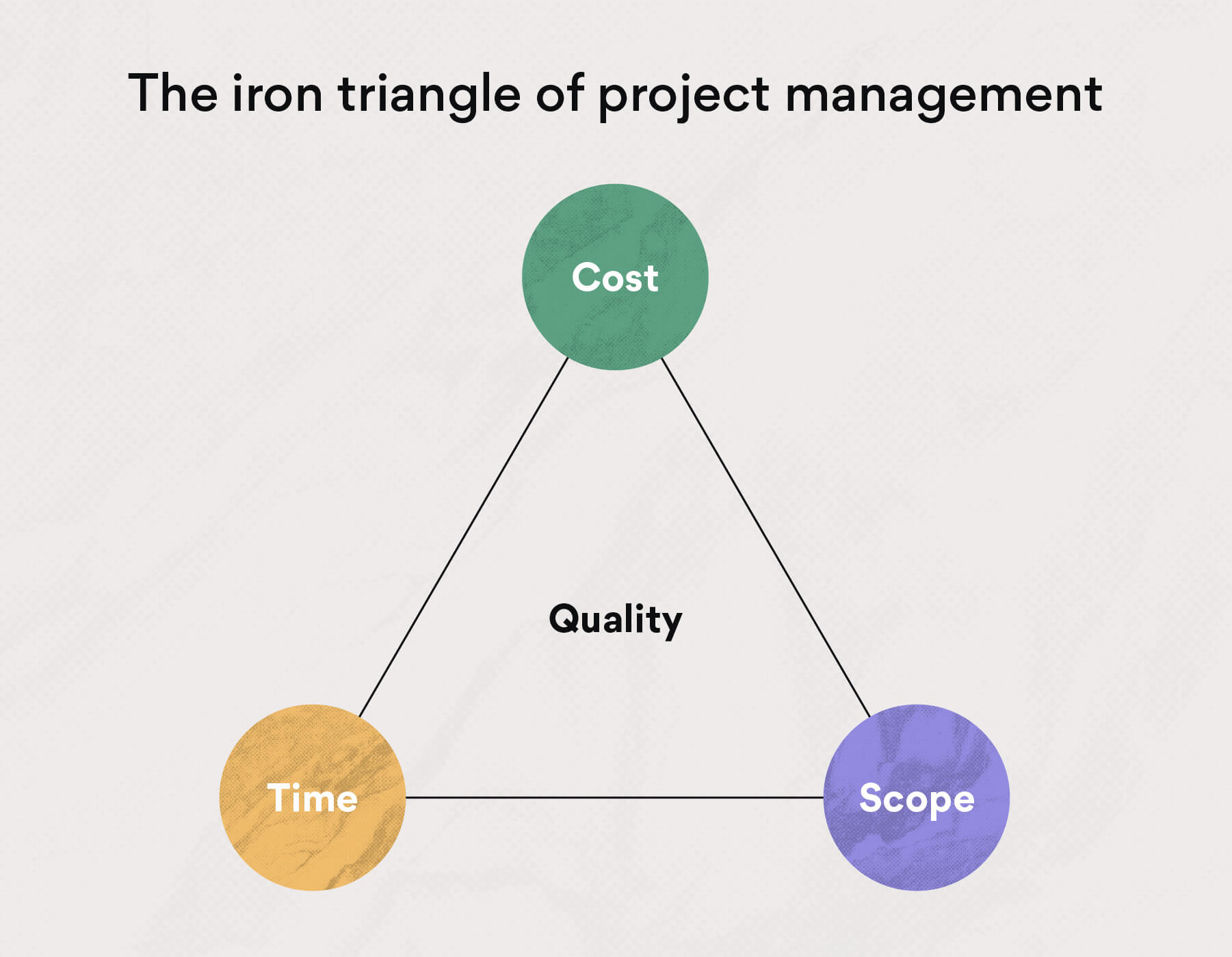Software Development Methodologies
A software development methodology comprises a set of guidelines, instruments, and methods used in project planning, execution, and management. Software development techniques support team engagement by assisting project managers in leading team members and monitoring work. A few popular methodologies are discussed below.
Waterfall
This consists of a sequential process that is continuous similar to a waterfall having several phases, each requiring a completed state before moving on to the next. Every phase is dependent on inputs from the level before it and includes its respective requirements. No two phases overlap under any circumstance.
For instance, a software development project goes through the following stages of the waterfall approach.
- The requirements of the project include costs, functions, expectations, risks, and the deadline.
- Focus on research, logical design, and architecture.
- Start coding based on the specifications and eventually start the implementation along with certain testing.
- Verification/testing. Rigorous testing process before the public release to ensure a smooth UI and bug-free product.
- Deployment/maintenance. The public release of the software is followed by maintenance.
Lean
Lean project management optimizes customer value and reduces waste by streamlining the movement of resources or activities across the entire system. Lean project managers are responsible for locating bottlenecks and constraints. The aim is to create a reliable system with higher productivity and a reduced total cost. This boosts collaborative teamwork.
There are five key principles and each develops on the one before it, creating a cycle that enables ongoing process modification and enhancement.
- Determine value. Value cannot be easily defined since it varies with client expectations. Stakeholders should be studied.
- Value Stream Mapping (VSM). A visual technique that entails mapping out both your actual and ideal workflows for a project from the beginning to the end.
- Make a flow. By eliminating the waste found in the previous step, the project management strategy should be redesigned to be more effective.
- Create pull. When the pull is established, work is taken from the preceding step as it is finished.
- Strive for excellence. Entail looking back on earlier projects, finding weak spots, and developing fresh approaches to test later.
Agile
Agile development emerged as a result of discontent with the excessive delays associated with more conventional development methods, such as Waterfall. Instead of heavily planned, unsteady product launches or updates, this emphasizes continual, gradual improvement and response to consumer needs.
Two common development variations based on Agile principles are Scrum and Kanban.
Scrum
takes the position of sprints, which are tasks that teams must do in practical time frames. Teams give input on the progress, challenges, and a strategy for overcoming those challenges during daily meetings that help teams complete each assignment. Each sprint is concluded with a retrospective meeting to review the results.
This approach has distinct responsibilities that help set up expectations and enable the scrum team to work more effectively. These scrum positions are Product Owner, Scrum Master, and Developer.
- Scrum Master. Assists a scrum team to adhere to tenets and the scrum process. They also facilitate meetings and reduce any barriers to productivity.
- Product owner. Ensure that procedure is used on the appropriate job at the appropriate time. Stakeholders are always in contact.
- Every team member is a developer except those who hold the other two positions.
Kanban
Kanban emphasizes workflow optimization in contrast to other approaches that focus on the repetitive nature of project operations. Instead of embarking on massive workloads that are impossible to complete, a Kanban visualization board encourages team members to think about how their workflow may be enhanced within realistic time constraints. The visualization stage allows team members to assess the workflow and identify areas for future development.
Following are the fundamentals of Kanban.
- Kanban Board. This is a visual representation of a project’s status.
- Work in progress (WIP) limits. These are restrictions that stop work from progressing to the succeeding stage if it causes a bottleneck.
- Meeting cadences. There is no predetermined timeframe for Kanban. Instead, every meeting that the team utilizes is scheduled by the Kanban team.
Project Management Triangle

This represents the requirement to control the three constraints (variables) - scope, cost, and time. This is necessary to ensure ‘quality’ output.
It is the responsibility of the project manager to strike a balance between these three variables to maintain the project’s expense, timeline, and scope. The project’s quality may deteriorate if one variable is shifted without modifying the other variable, or both of them.
- Scope: Determines a project’s expanse in terms of the level of information, scope, and size of its deliverables. The project will take longer and cost more to finish as its size grows.
- Cost: Implies the financial side including money, employee wages, and all expenses incurred throughout the timespan.
- Time: Project time includes the time and types of time such as extending deadlines, adjusting planning phases, and so on.
Recap
There are numerous software development methods, and to determine the best, they should be understood since some of them perform better in specific industries and projects.
The project management triangle is a crucial concept to follow and it is the project manager’s responsibility to strike a balance between the triangle’s trinity for quality to produce the best work while complying with the project’s criteria, budget, and timeline.